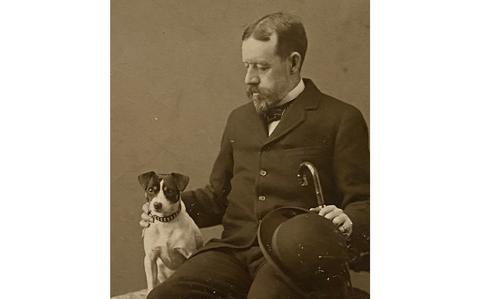Malcolm Champagne, a 102-year-old survivor of the Black Thursday raid during World War II, recently received long-overdue medals he earned 80 years ago. The raid, one of the costliest American missions of the war, saw him jump from his burning B-17 bomber and get taken prisoner by German forces. Champagne recalled the attack on the ball-bearing plants at Schweinfurt, Germany, during a ceremony held last month at a senior living center in Portland, Oregon.
Accompanied by friends, family, Department of Veterans Affairs representatives, and Air Force Brig. Gen. Dean Sniegowski of the 8th Air Force, Champagne was officially awarded the Purple Heart and other medals that had been lost in the post-war shuffle.
Champagne’s journey began when he enlisted shortly after the Japanese attack on Pearl Harbor in December 1941. He was commissioned an officer in December 1942 and served as a navigator in the 326th Bomb Squadron, 92nd Bomb Group. By early 1943, he was stationed in England, where the tide of the war in Europe was slowly turning in favor of the Allies. Nevertheless, air forces from both the U.S. and Britain continued their relentless bombing campaigns against German-occupied territories.
Champagne was already an “old-timer” by the fall of 1943, having completed 15 missions. The second raid on Schweinfurt proved to be catastrophic, with his B-17 bomber suffering severe damage from German fighters and anti-aircraft flak. Champagne and surviving crew members had to bail out of the plane and were subsequently captured by German soldiers.
Despite the mission’s success in terms of bombs dropped on target, it came at a high cost. The Army Air Force reported that 61 of the 291 bombers were shot down, and 600 pilots and crew members were killed, wounded, or missing in action. This mission prompted a reevaluation of bombing strategies, and it wasn’t until the arrival of the long-range P-51 Mustang escort fighters in the following year that U.S. bombers ventured deep into Germany again.
Champagne spent more than two years in Luft Stalag III, a prisoner of war camp south of Berlin, and was finally liberated by Soviet troops in the closing days of the war. During his time in captivity and the chaotic journey back home, most of his personal possessions, including the medals he had earned, were lost.
In March 2023, Army veteran Fatima Safi, a former prisoner of war advocate for the VA’s Portland Health Care System, met Champagne’s family and helped secure his long-overdue Purple Heart and other medals. The process of obtaining such medals can be slow and complicated due to lost paperwork, but Champagne’s case was clear-cut.
The special presentation ceremony took place on September 15, POW-MIA Day, allowing Champagne to finally receive the recognition he deserved.
Black Thursday Raid
The “Black Thursday” raid, as mentioned in the article, was a pivotal and devastating mission during World War II. Here’s a concise four-paragraph summary that includes lists and timelines to provide a clear overview:
Background and Context (1943)
In October 1943, during the height of World War II, Allied forces were engaged in relentless bombing campaigns against key German industrial targets. The United States Army Air Force, part of the 8th Air Force, played a significant role in these operations. The raid in focus, known as the “Black Thursday” mission, took place on October 14, 1943.
The Mission
The “Black Thursday” raid targeted the ball-bearing plants in Schweinfurt, Germany. Ball bearings were a critical component in reducing friction in military machinery, including tanks, planes, and weaponry. The raid involved a large number of American bombers, a total of 291, departing from southeastern England. P-47 escort fighters provided protection to Aachen, Germany, after which the bombers flew alone for another 200 miles to reach Schweinfurt.
The Devastating Outcome
Despite the mission’s apparent success in terms of the number of bombs dropped on target, it came at an immense cost. Here’s a breakdown:
- 61 of the 291 bombers were shot down.
- 17 bombers made it back to England but were total losses.
- 121 bombers required repairs, rendering them temporarily unusable.
In total, of the approximately 3,000 pilots and crew who participated in the raid:
- 600 were killed, wounded, or went missing in action.
- About 300 were taken prisoner by German forces, highlighting the severe casualties and challenges faced by the American aircrews.
Legacy and Impact
The “Black Thursday” raid had a lasting impact on strategic planning in World War II. The high casualty rate, double what had been considered an “acceptable loss,” prompted a reevaluation of bombing strategies. Notably, it was one of the last missions where U.S. bombers ventured deep into Germany until the arrival of long-range P-51 Mustang escort fighters the following year. This mission remains a historical point of interest, highlighting the sacrifices made by Allied forces during the war.
In summary, the “Black Thursday” raid was a harrowing mission with significant casualties that had a profound impact on the strategy employed by U.S. bombers during World War II. It serves as a reminder of the tremendous sacrifices made by American aircrews in their quest for victory.




